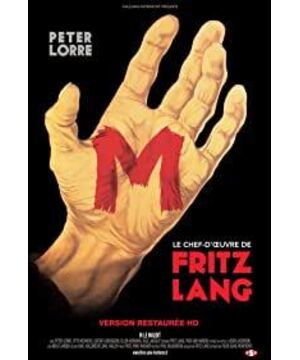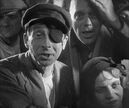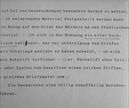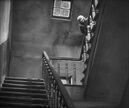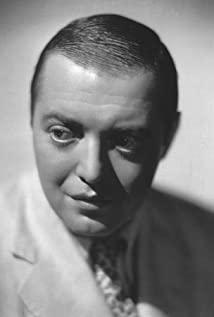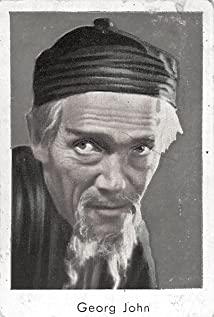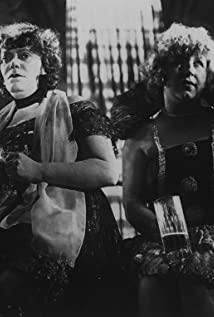The first version that was sent to the German film authorities for review was the one that best met the director's intentions. It was 117 minutes long. At that time, the name of the movie was Murders are among us. Unfortunately, this version is no longer available.
The latest version is 109 minutes (approximately 110 minutes). This is the version that has been restored as much as possible to retain the original appearance of the original 117 minutes, which is the latest version published by CC company (the version that CC has issued 96 minutes before ).
The third version is a 96-minute version. The producer of the film at that time modified the abridged version based on the version submitted for trial in order for the film to be released. This version modified the ending of the other two versions, and the ending only went to the court for hearing. The plot of the criminal, and the scenes of the next three mothers have been deleted. In addition, post-dubbing was added to some of the film's intentional silent film clips by the director. It is this version that changed the movie to its current name M.
I watched the 110-minute version yesterday, but it was a pity that the precious 7 minutes, otherwise the movie would definitely have a more unique flavor.
The film was filmed in 1931, which is the era when Nazism is gradually emerging in Germany. Therefore, some plot performances in this film are often considered to reflect the Nazi forces at the time, such as the thieves forces in it-in fact, this is not the case. Not the original intention of the movie. The background of this movie is the era of economic depression, social turmoil, and people’s lack of livelihood after World War I. So the rampant thieves in it can be said to be a certain degree of objective reflection, but the movie does not regard these thieves as negative critical roles, or even Attempting to portray as an alternative power (alternative government). In fact, many of the people who play thieves in this movie are real thieves invited by director Fritz Lang to participate in the performance, and many of them are thieves wanted by the police at the time. It can be said that this movie was shot during a guerrilla fight with the police. The intention of the movie also lies in the feelings of director Lang's wife about an incident-the government's incompetence in this turbulent society. Therefore, these incompetence to criticize the government-the serious lack of judicial power is the soil for the birth of private relief (the trial presided over by thieves)-is the clear theme of this film.
In the film, the police made no progress for months, only purposeless interrogation and search, and finally, the abridged ending, these plots made the film anti-government tendencies, and also distinguished it from ordinary thrillers ( It is not even suitable to be classified in this category). At the end, the three mothers face the camera crying and crying: The sentence will not restore the dead children, so we still have to rely on ourselves to look after our children. And you...you. (Finally, when facing the audience, I said that it creates an environment where everyone is at risk, and it is also a condemnation of the ineffectiveness of the judiciary).
Some of the film’s handling is also very impressive. This is Lang’s first sound film and the first film in film history that tells the story of a perverted killer. Before the killer first appeared, a dark shadow slowly appeared. On the wanted poster, in front of the victimized little girl. I don't know how many horror and thrillers that this very freehand horror technique has made the "shadow" idea for later generations. And the handling of the girl when she was killed was very simple-a ball rolled into the screen, and a balloon was wrapped around the wire. This technique has also been imitated countless times. The film also incorporates some silent film processing. The criminals are running away and the thieves are in the pursuit of a stage where there is no sound. The audience can't help but focus their attention on the screen, making people want to hold their breath (96-minute version for this section Dubbed). The special ratio of 1.19:1 used in the movie also creates a strong sense of restraint in the picture, and also makes some scenes of the movie have a very unique feeling-warehouses, conference rooms, and basements are all very squeezed. Maybe you can smell the burnt soot from that picture, ha ha.
View more about M reviews


